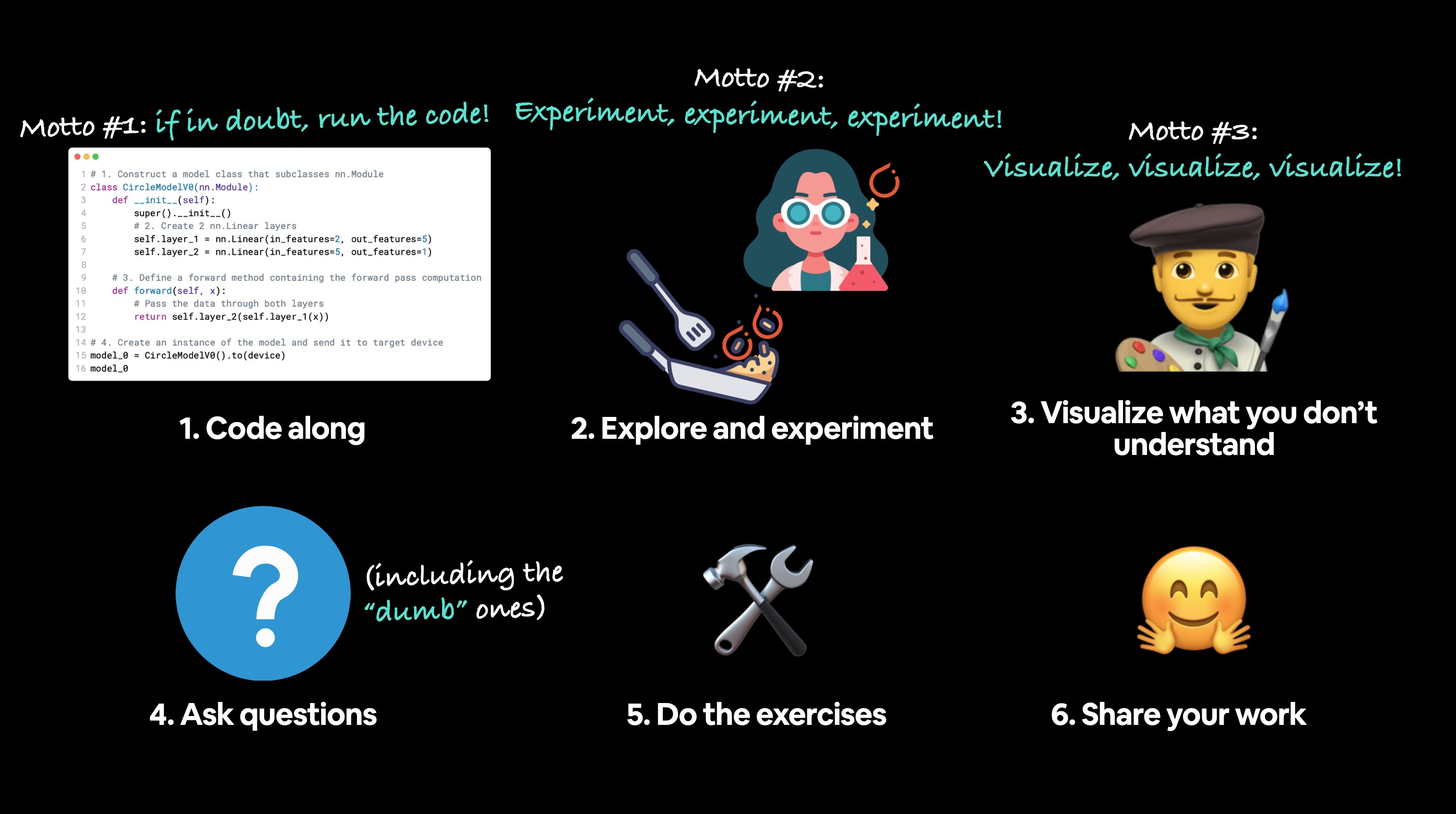PyTorch, a leading deep learning framework, has gained immense popularity among researchers and developers. If you’re venturing into the world of artificial intelligence, you might be wondering: how long does it take to learn PyTorch? This guide provides a roadmap to learning PyTorch, outlining the factors influencing learning time and offering resources to accelerate your journey.
 roadmap to learning pytorch
roadmap to learning pytorch
Factors Influencing PyTorch Learning Time
Several factors contribute to the time it takes to learn PyTorch:
- Prior Programming Experience: Familiarity with Python is crucial. A solid foundation in programming concepts like data structures, loops, and functions will significantly reduce the learning curve. Prior experience with other machine learning frameworks can also be beneficial.
- Machine Learning Fundamentals: Understanding core machine learning concepts such as supervised/unsupervised learning, model training, and evaluation is essential. A basic understanding of neural networks is also highly recommended.
- Learning Style and Dedication: Active learning through coding and experimentation is key. Consistent effort and dedication to practicing with PyTorch will accelerate your progress. Utilizing diverse learning resources like online courses, documentation, and tutorials can cater to different learning styles.
- Depth of Learning: Mastering the basics of PyTorch for building simple models might take a few weeks. However, delving into advanced topics like custom datasets, transfer learning, and model deployment requires more time and effort. Your learning goals will dictate the depth of knowledge required.
Learning Path and Resources
A structured approach can optimize your PyTorch learning process:
1. Foundational Python:
If you’re new to Python, start with a comprehensive Python course. Focus on data structures, object-oriented programming, and libraries like NumPy.
2. Machine Learning Basics:
Acquire a fundamental understanding of machine learning concepts before diving into PyTorch. Online courses or introductory textbooks can provide this foundation.
3. PyTorch Fundamentals:
Begin with the official PyTorch documentation and tutorials. Focus on tensor operations, building simple neural networks, and understanding the PyTorch workflow. The “Learn PyTorch for Deep Learning: Zero to Mastery” online book and course offer a comprehensive introduction for beginners. This resource covers topics from fundamental PyTorch operations to advanced concepts like transfer learning and model deployment. It provides a structured learning path with hands-on exercises and milestone projects.
4. Specialized Areas:
Once you grasp the basics, explore specialized areas like computer vision, natural language processing, or reinforcement learning using PyTorch. Leverage online resources and research papers to deepen your knowledge.
Accelerating Your Learning
- Hands-on Practice: Work through tutorials, replicate examples, and build your own projects. Active coding is crucial for solidifying your understanding.
- Community Engagement: Join online forums, attend workshops, and connect with other PyTorch learners. Sharing knowledge and seeking help from the community can significantly accelerate your learning.
- Contribute to Open Source: Contributing to PyTorch-related projects on platforms like GitHub provides practical experience and exposes you to real-world applications.
Conclusion
Learning PyTorch is an ongoing journey. The time investment depends on your background and learning goals. By following a structured learning path, utilizing available resources, and actively engaging with the community, you can efficiently master PyTorch and unlock its potential for building powerful AI applications. Remember, consistent effort and hands-on practice are key to success. The “Learn PyTorch for Deep Learning: Zero to Mastery” course, along with the official PyTorch documentation, are excellent resources to guide you on this path.

